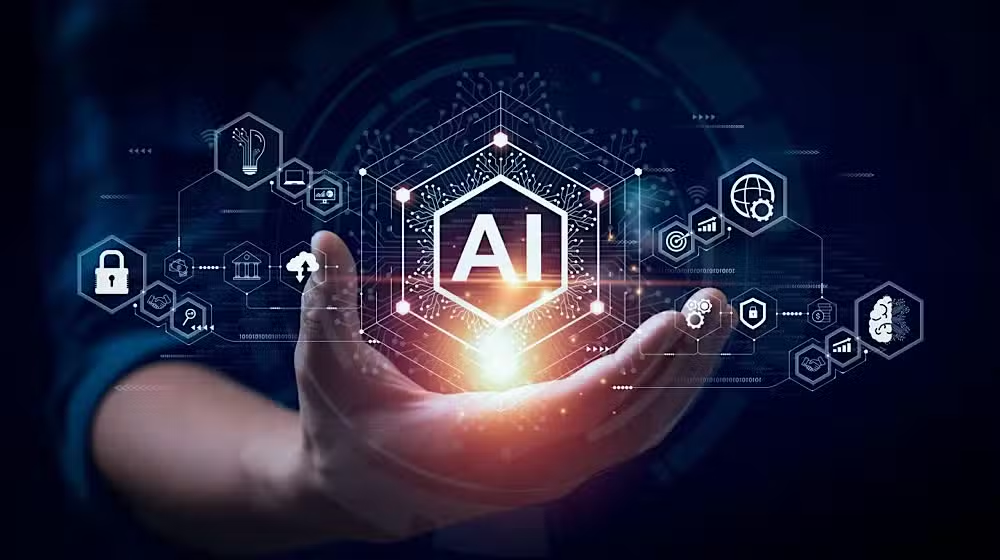Lahore, April 12: The artificial intelligence boom isn’t just transforming industries — it’s also transforming the world’s energy map.
According to a fresh analysis from the International Energy Agency (IEA), global electricity consumption from data centers is set to more than double by 2030, reaching a staggering 945 terawatt-hours (TWh). That’s almost the entire energy use of Japan today.
This rise isn’t coming from traditional internet usage. Instead, it’s being driven by the enormous computing power required to fuel generative AI systems, which rely on massive datasets and continual processing to operate.
From Silicon to Surge: What’s Driving the Spike?
Since 2019, electricity usage by data centers has been climbing at an average of 12% each year. In 2024, data centers already account for 1.5% of global electricity usage. The IEA warns this trend is only accelerating — and the implications for energy security, emissions, and sustainability are profound.
Read more: AI in Everyday Life: How Artificial Intelligence is Changing Our Daily Routines
What’s more, in some countries, the impact is disproportionately large. In the United States, nearly half of all new electricity demand over the next five years is expected to come from data centers. Japan could see more than 50% of demand growth tied to these facilities. In Malaysia, it could be up to one-fifth.
AI’s Double-Edged Sword in the Energy Sector
AI isn’t just a problem in the energy conversation — it’s also part of the solution. While data centers increase demand, smart AI deployment can help optimize grids, reduce waste, and enhance energy efficiency across industries.
The IEA underscores that AI could become a powerful tool for innovation in power generation, especially with the rise of predictive systems, smart monitoring, and autonomous infrastructure control.
Big Tech Bets on Nuclear and Renewables
Tech giants aren’t standing still. In recent months, Google signed an agreement with Kairos Power to use small nuclear reactors to power its AI-heavy data centers. Amazon has also inked deals with X-Energy, while Microsoft is eyeing the use of new nuclear tech at the historic Three Mile Island site.
Read more: AI-Generated Barbie Dolls Take over Social Media: Here’s How You Can Create Your Own
Meanwhile, renewable energy remains a key piece of the puzzle. The IEA expects over 450 TWh of new renewable power to come online by 2035, aimed in part at meeting surging data demand. Natural gas and nuclear are also expected to grow by over 175 TWh each by the end of this decade.
Energy Security in the Age of AI
However, the power surge comes with challenges. The IEA warns that data centers could further strain energy grids — especially if infrastructure fails to keep pace. It calls on governments to fast-track investments in grid resilience, flexible power generation, and better coordination with the tech sector.
One recommendation? Build new data centers in areas with strong grid capacity and access to diverse energy sources, reducing the risk of bottlenecks or brownouts.
Cybersecurity, Carbon, and the Clock Ticking
AI may boost grid efficiency, but it also introduces vulnerabilities. Cyberattacks on energy infrastructure have tripled in the past four years, and AI is making them more sophisticated. On the flip side, AI also strengthens defense systems by detecting and neutralizing threats faster than ever before.
As for emissions, the IEA projects CO₂ emissions from data centers to rise from 180 million to 300 million tonnes by 2035. While this is still a small portion of the global total (41.6 billion tonnes in 2024), the growth is significant.
A Global Crossroads for Energy and Tech
In the end, the energy story of AI is a question of balance. The technology has the power to either strain or save the energy system — depending on how it’s deployed and how fast the world adapts.
The takeaway? AI isn’t just reshaping work and creativity — it’s also reshaping where and how the world gets its power.
And the clock is ticking.
